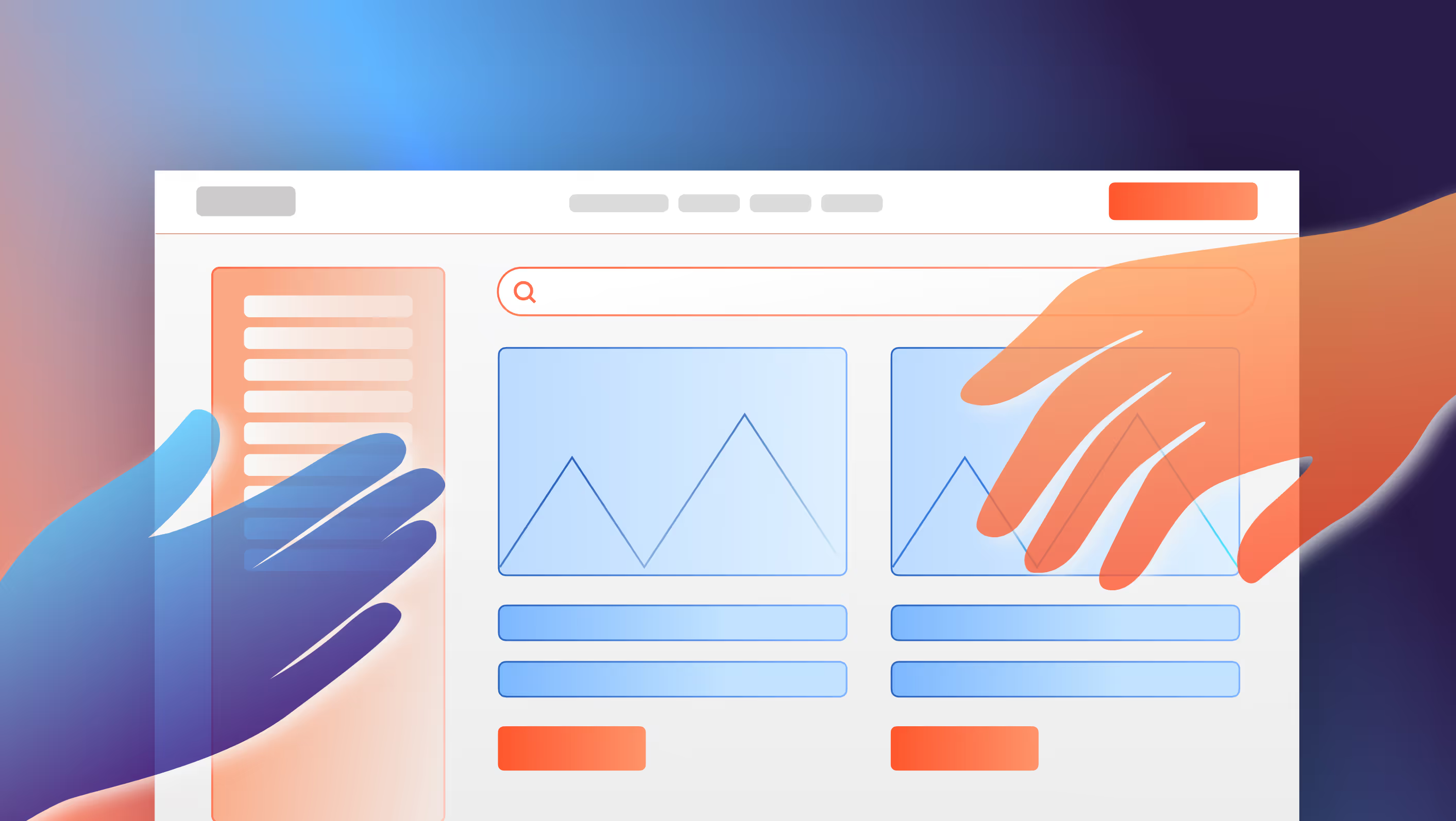AI is no longer just a tool in the creative process. It's becoming an audience—a system parsing, interpreting, and sometimes acting on your designs. Whether it's a chatbot skimming your site, a generative model summarizing your product pages, or an autonomous agent completing tasks on your users’ behalf, the new UX frontier isn't just human-centered. It’s machine-readable, agent-aware, and AI-optimized.
So how do we design for AI?
From AI-Enabled to AI-First Interfaces
Most UX teams today are focused on AI as a feature. That means integrating smart search, predictive suggestions, or voice-powered navigation. But designing for AI flips the lens: How do you build interfaces and content that AI models can interpret, navigate, and act on?
This includes:
- Structuring content for LLM comprehension (think semantic HTML, clear hierarchy, and context-rich copy)
- Ensuring your data is accessible through properly labeled UI components (like ARIA attributes)
- Providing metadata and structured files that teach AI how to interpret your content (like llms.txt)
That shift, from designing AI features to designing for AI users, changes everything about how we build.
From Feature to User: A Shift in Perspective
Most UX teams treat AI as a feature: autocomplete, personalization, or chatbots. But with agentic models, AI is now becoming a user in its own right.
When an autonomous agent visits your site, it’s not waiting for clicks. It’s scanning, deciding, and acting. The interface isn’t just a visual experience anymore, it’s a machine-readable instruction set.
Designing for AI-as-a-user means creating interfaces that agents can interpret and operate. This mental shift helps designers prioritize clarity, structure, and predictable interactions as elements that serve both humans and machines.

Why This Matters Now
The rise of agentic AI (models that can set goals, make decisions, and execute multi-step tasks) makes this shift urgent. These agents don’t just respond to users; they complete tasks on their behalf. Booking a trip, submitting a form, or choosing a product isn’t just a point-and-click interaction anymore. It could be a goal passed to an agent.
If your site isn’t built to be interpreted by that agent, it’s invisible.
Just like we design for accessibility and SEO, we now need to design for AI agents. It’s a new layer of usability: machine comprehension.
Best Practices for UX That Serves Both People and AI
You’re not just designing for clicks anymore—you’re designing for scripts. These practices help both audiences navigate, understand, and act. Here’s where to start:
1. Use Semantic HTML
AI and accessibility tools both rely on structured markup. Use semantic tags like <header>, <nav>, <article>, and <main> to help models understand page hierarchy and context. Use consistent heading levels (<h1> to <h4>) for clarity.
2. Optimize Prompt Zones
If an AI copilot, agent, or chatbot is pulling info from your interface, make sure it has clear prompts to work with. Label forms and buttons clearly. Use modular components that are easy to parse.
3. Embrace llms.txt
You’ve heard of robots.txt, but llms.txt is becoming the new standard for helping large language models (LLMs) understand your site. It tells AI which pages to crawl, which formats to index, and how to interpret your content.
Adding it now helps future-proof your content for LLMs, assistants, and any AI-powered layer sitting between you and your users.
4. Reduce Overuse of JavaScript-Rendered Content
AI agents (and some accessibility tools) struggle with heavy JavaScript. When possible, render core content statically or progressively enhance it. Avoid hiding key copy or images behind client-side JS.
5. Design for Agents, Not Just Eyes
Predictable patterns, clear flows, and simple status updates help agents act confidently. Feedback loops, like confirmation modals or success states, should be visible in the DOM, not just animated overlays.
6. Treat AI as a Second User Persona
When doing QA, ask: “Would this page make sense to an agent?”
Think of AI as a power user. It skims fast, acts fast, and needs clarity to function. Design with both user types in mind.
Real-World Agent UX in Action
Agentic AI isn’t hypothetical—it’s already here, quietly reshaping user behavior.
- Travel bots find and book trips across multiple vendors.
- Healthcare assistants pre-fill forms and schedule appointments.
- Financial agents compare offers, initiate transfers, and complete transactions.
- Google Shopping’s AI Mode assembles outfits and completes purchases on a user’s behalf. Brands with well-structured product metadata are already seeing better visibility in virtual try-on tools and AI-driven shopping assistants.
- Custom GPTs and autonomous agents are being built to navigate business sites. But if your content lacks semantic structure or metadata? You’re invisible.
The takeaway: If your UX isn’t machine-readable, agents may skip your site entirely. And that means missing out on the next generation of digital users—automated ones.
From UX to AX (Agent Experience)
We’re entering an era where “good UX” doesn’t stop at the user—it extends to the AI acting on their behalf. That doesn’t mean we abandon human-centered design. It means we expand our definition of usability.
By designing with AI in mind, especially agentic AI, we’re not just staying relevant. We’re building future-proof, multi-user experiences that serve everyone engaging with our brand, human or not.
A Final Check: The Dual-User Test
Before launching a page, ask yourself:
“If a human and an AI agent both landed here, could they both complete the task?”
Designing for AI isn’t about replacing human-centered UX, it’s about expanding it. As AI becomes an active user, designing for both audiences will be the key to durable, accessible, and future-proof experiences.




.svg)

.svg)











